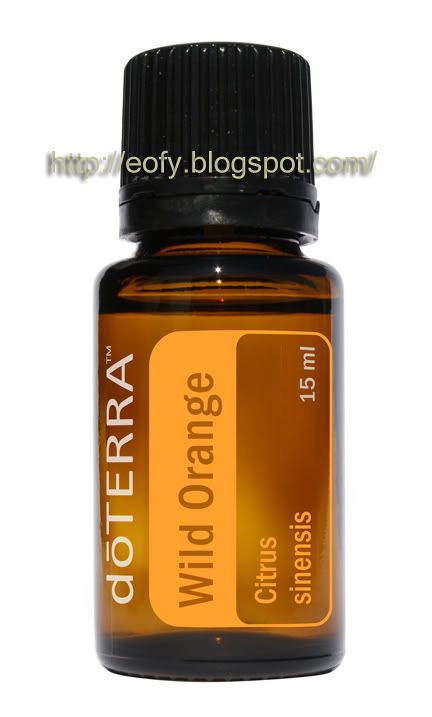Not all Frankincense is the same, it comes from areas around the Red Sea.
Monday, January 16, 2012
Thursday, October 27, 2011
Monday, October 24, 2011
Sunday, October 23, 2011
Myrrh tree
Myrrh Oil Information
Myrrh (Commiphora myrrha) species are small trees (up to 30 feet) with knotted branches, aromatic leaves, and white flowers. The oil is steam distilled from the harvested resins of the trees, which contains approximately 8 percent essential oil that is composed of many constituents. The Commiphora species are indigenous to north-east Africa and southwest Asia, particularly in the Red Sea regions of Somalia, Ethiopia, and Yemen. The oil is best avoided during pregnancy as it has been used in Chinese medicine for menstrual problems and to clear obstructions from the womb.
Please contact us @ dotteraoils@live.com if you would like to purchase some essential oils.
Saturday, October 1, 2011
Killing bacteria with cannabis
This was three years ago....
By Yun Xie | Published 3 years agoPharmacists and chemists have found another use for the multipurpose cannabis as a source of antibacterial chemicals for multidrug resistant bacteria. Ironically, inhaling cannabis is known to damage the lung's ability to fend off invading pathogens, but the ingredients in cannabis, particularly the cannabinoids, have antiseptic properties. Although scattered research has been conducted since the 1950s, no comprehensive study existed that relates the structure of cannabinoids with antibacterial activity. Giovanni Appendino, Simon Gibbons, and coworkers attempted to remedy that problem by examining the activity of five common cannabinoids and their synthetic derivatives.
Five of the most common cannabinoids.All five cannabinoids (THC, CBD, CBG, CBC, and CBN) were potent against bacteria. Notably, they performed well against bacteria that were known to be multidrug resistant, like the strains ofMRSA that plagued U.K. hospitals. CBD and CBG have the most potential for consumer use because they are nonpsychotropic.Besides identifying antibacterial capability, the researchers wanted to figure out why these cannabinoids are so good at killing bacteria. They obviously are very effective at specifically targeting some vital process in the bacteria. Unfortunately, even after extensive work at modifying the cannabinoids and comparing their activities, that targeting mechanism remains a mystery. The scientists were able to figure out that the position of the n-pentyl chain (orange) relative to the terpenoid moiety (blue) serves to control lipid affinity.These cannabinoids are promising enough to warrant rigorous clinical trials. They are applicable as topical antiseptics, biodegradable antibacterial compounds for cosmetics, and systematic antibacterial agents.
Wednesday, October 27, 2010
Wild Orange Week!!
I have been slacking this post should have been up a week and a half ago!!
But anyways here is is.

After reading a little about this oil I think it is one that no one should be without. I had no idea about all the great stuff it can do.
Botanical Family: Rutaceae (citrus)
It has many historical uses some of them include:
heartburn, diarrhea, jaundice, bleeding, insomnia, flu, fever, and colic.
The extraction Method is cold pressed from rinds.
Some of its properties:
Anticancer, tonic, antispasmodic, antiseptic, antidepressant digestive, and sedative.
Body systems that it affects are the immune system, emotional balance, skin and digestive.
Thursday, October 21, 2010
Great links!!
Deodorant made from essential oils, great stuff.
http://www.free-makeup-tips.com/home-remedies/homemade-deodorants.htm
Hemp seed information:
http://www.ratical.org/renewables/hempseed1.html
Hemp seed information:
http://www.ratical.org/renewables/hempseed1.html
Free Give Away click:

Subscribe to:
Posts (Atom)

